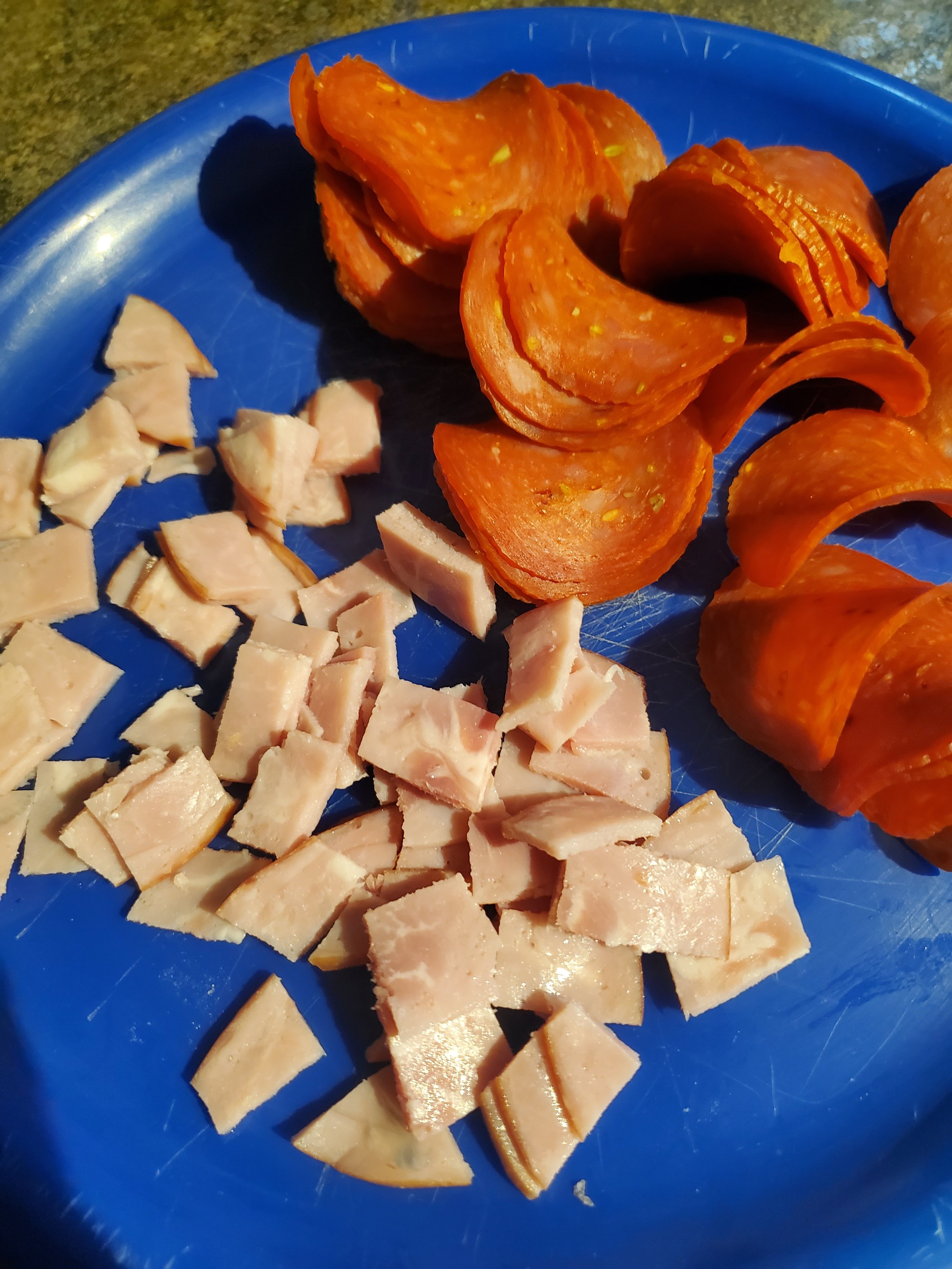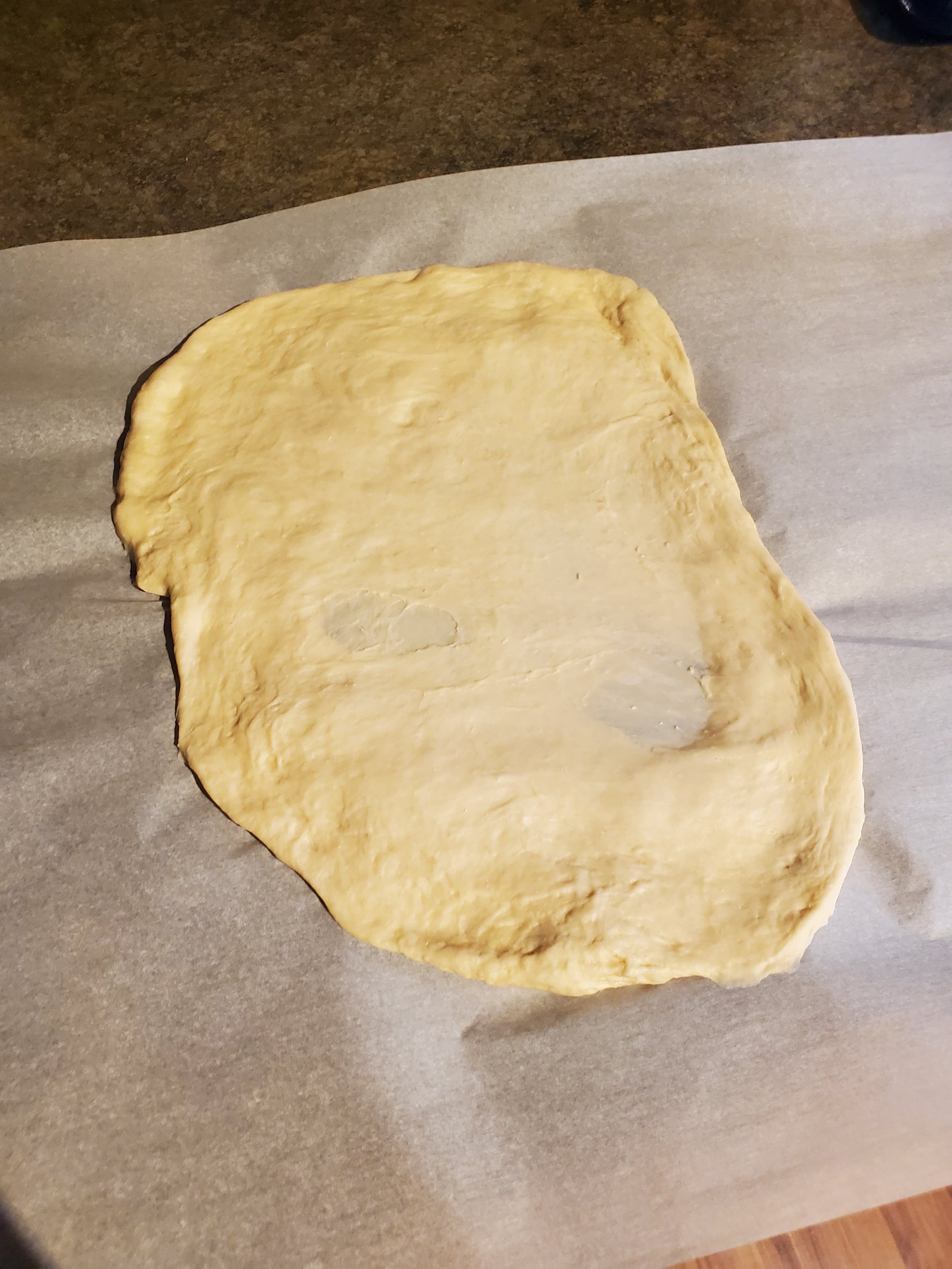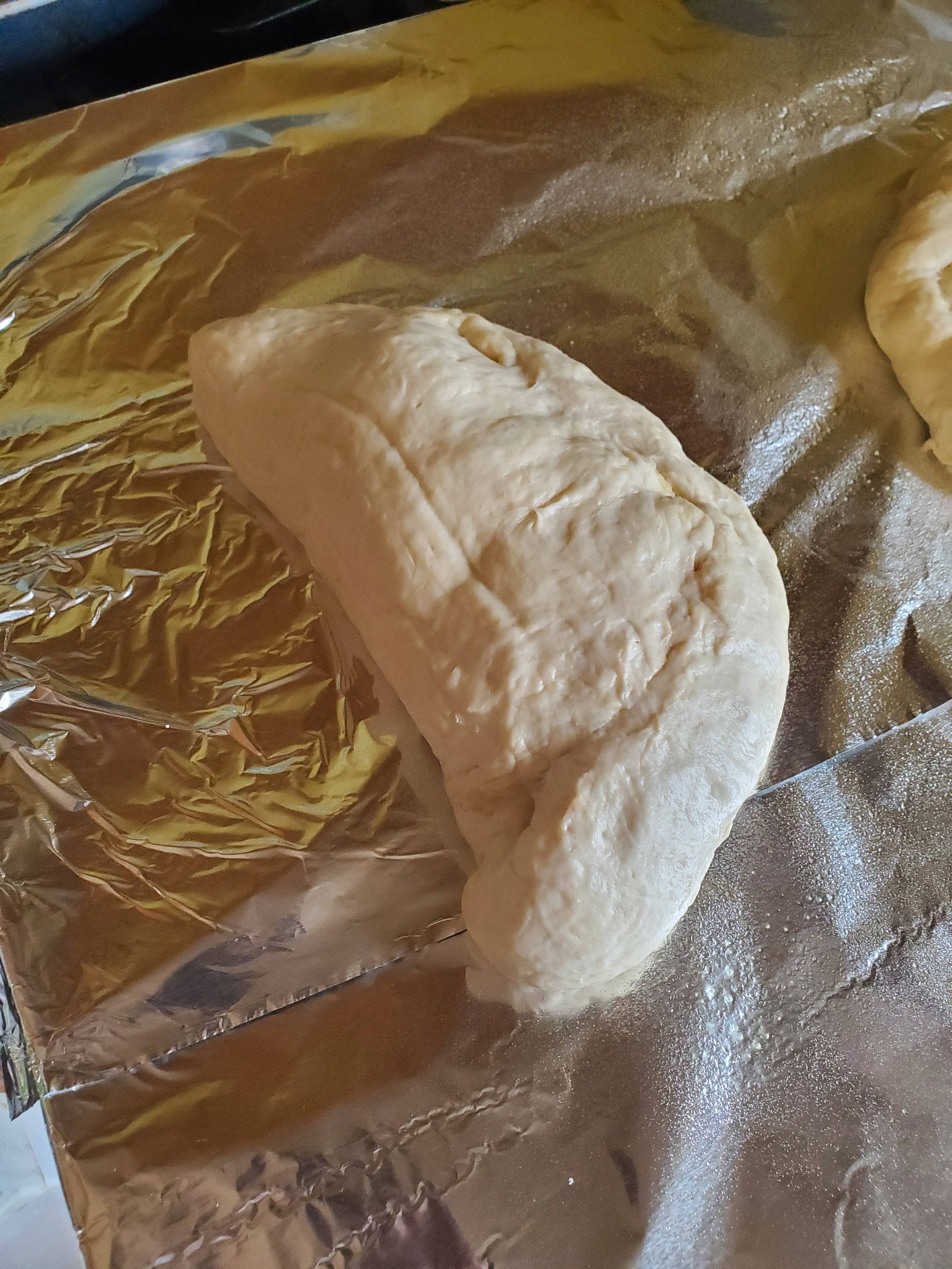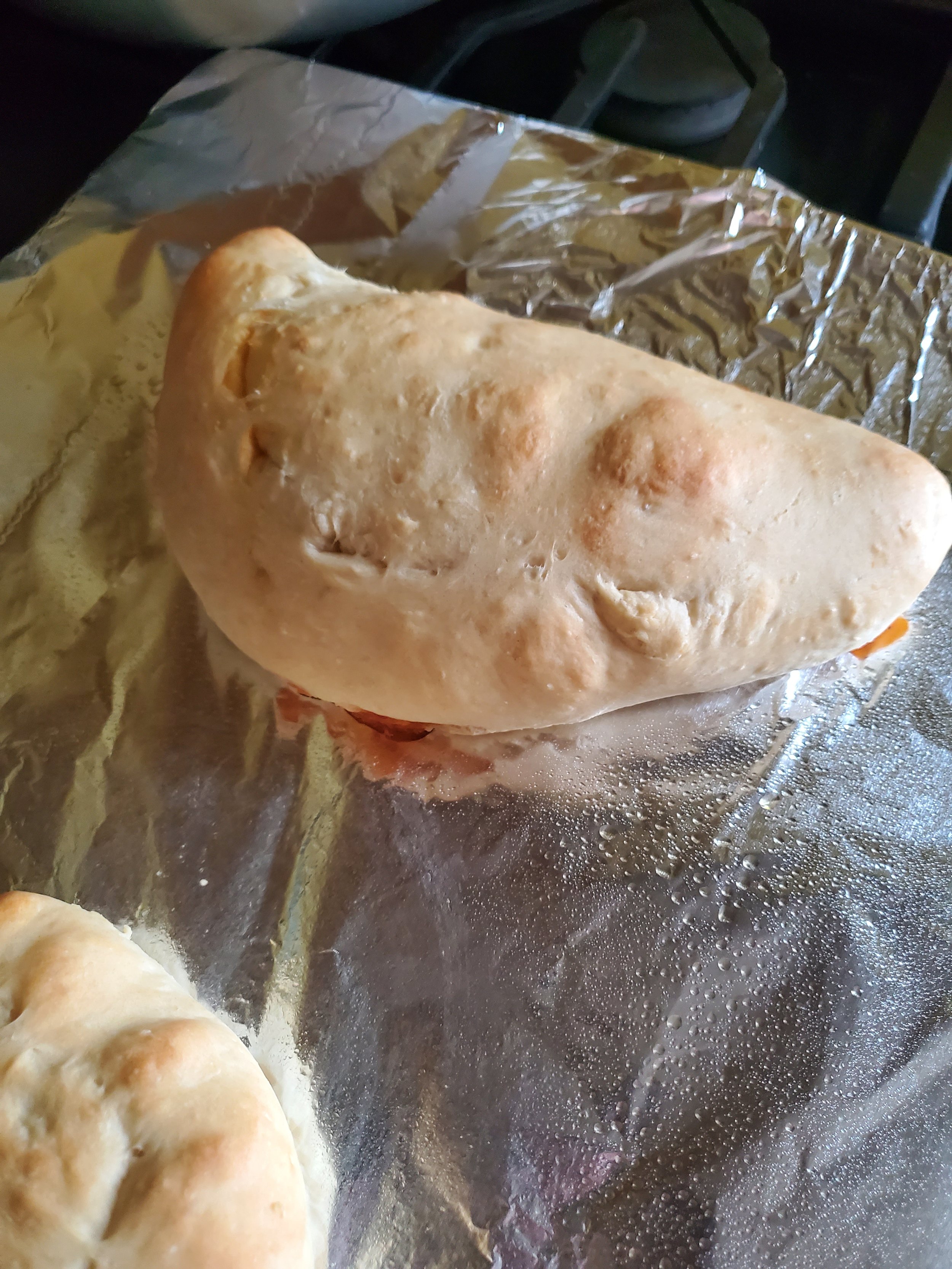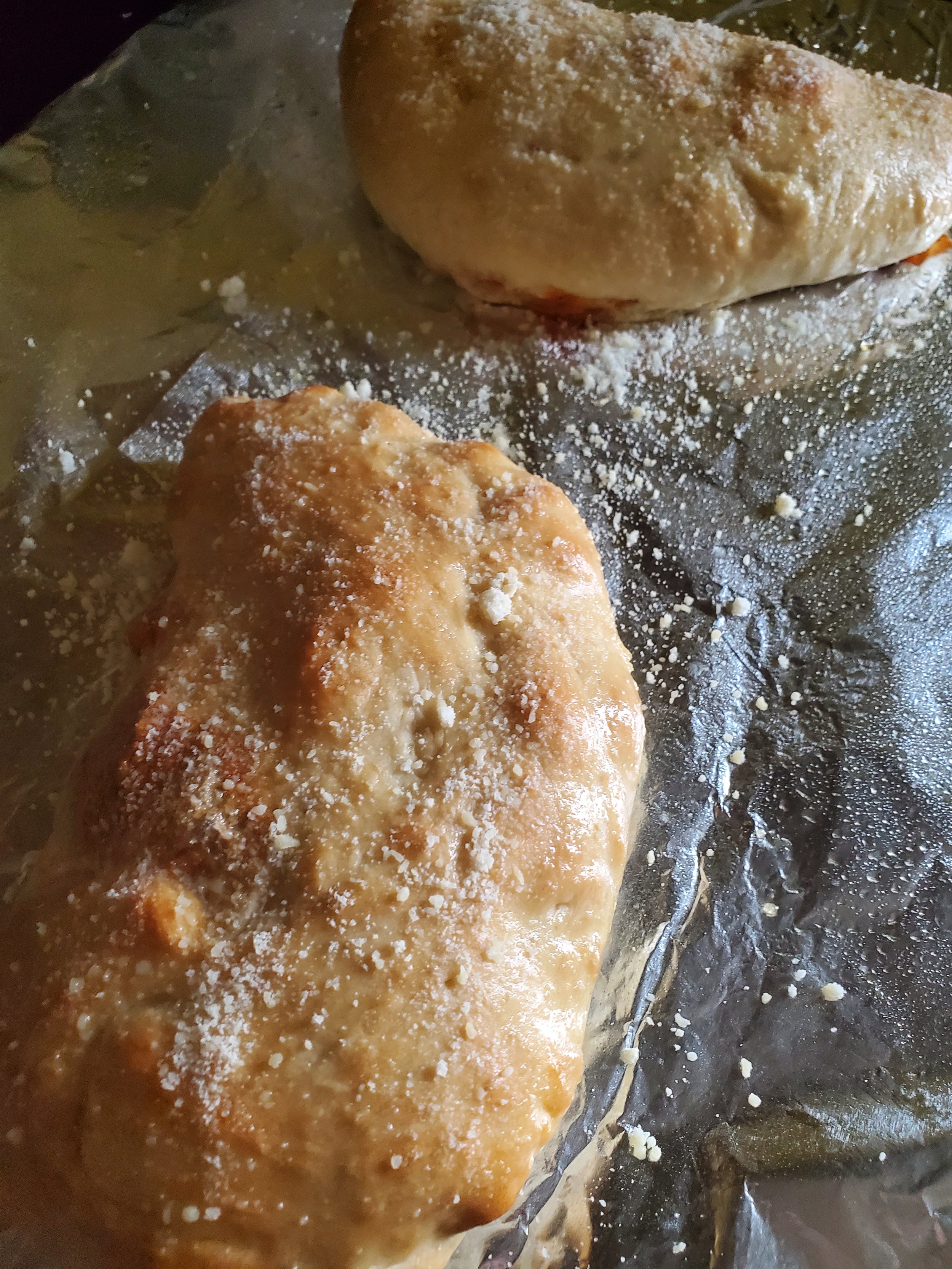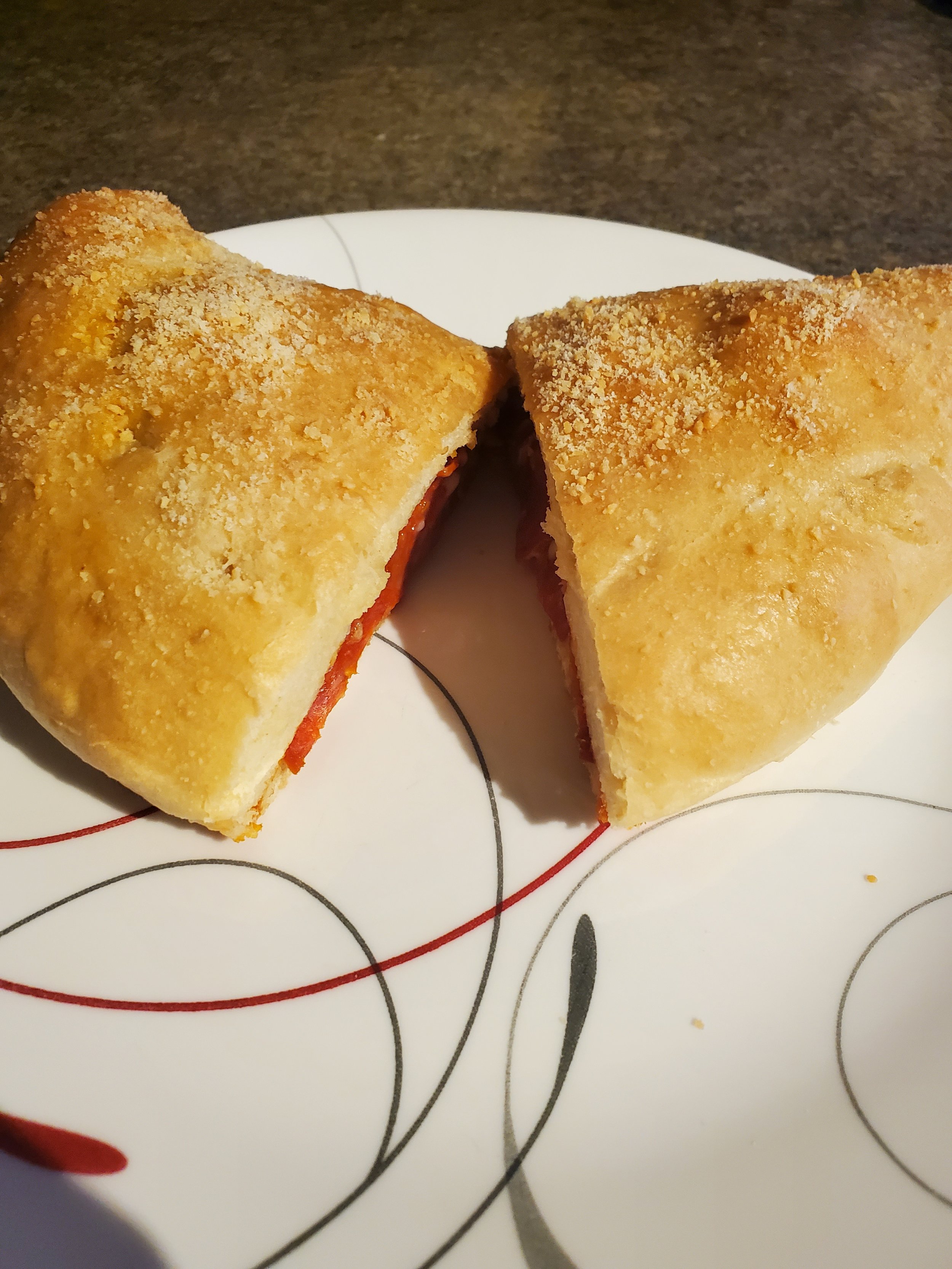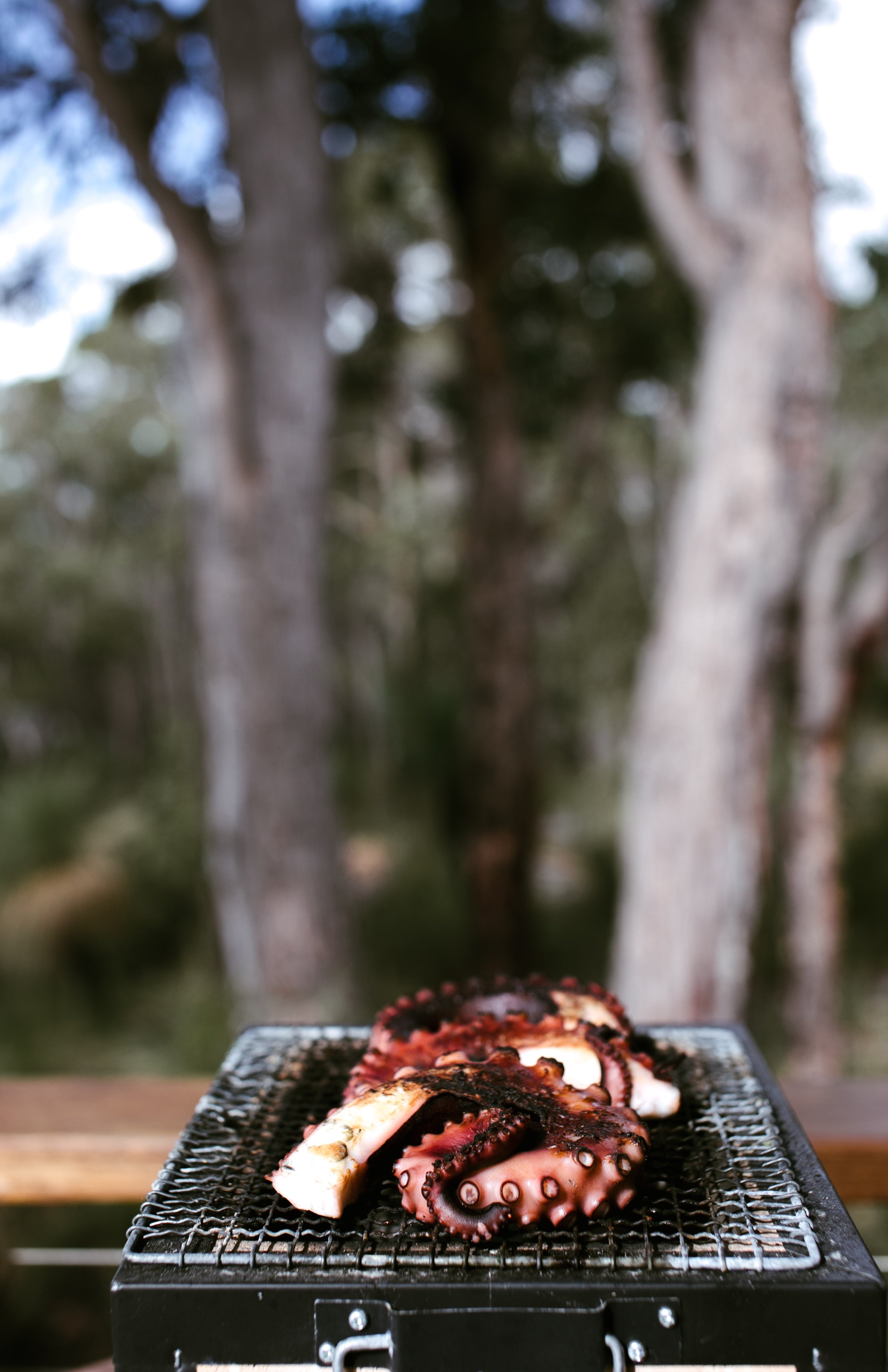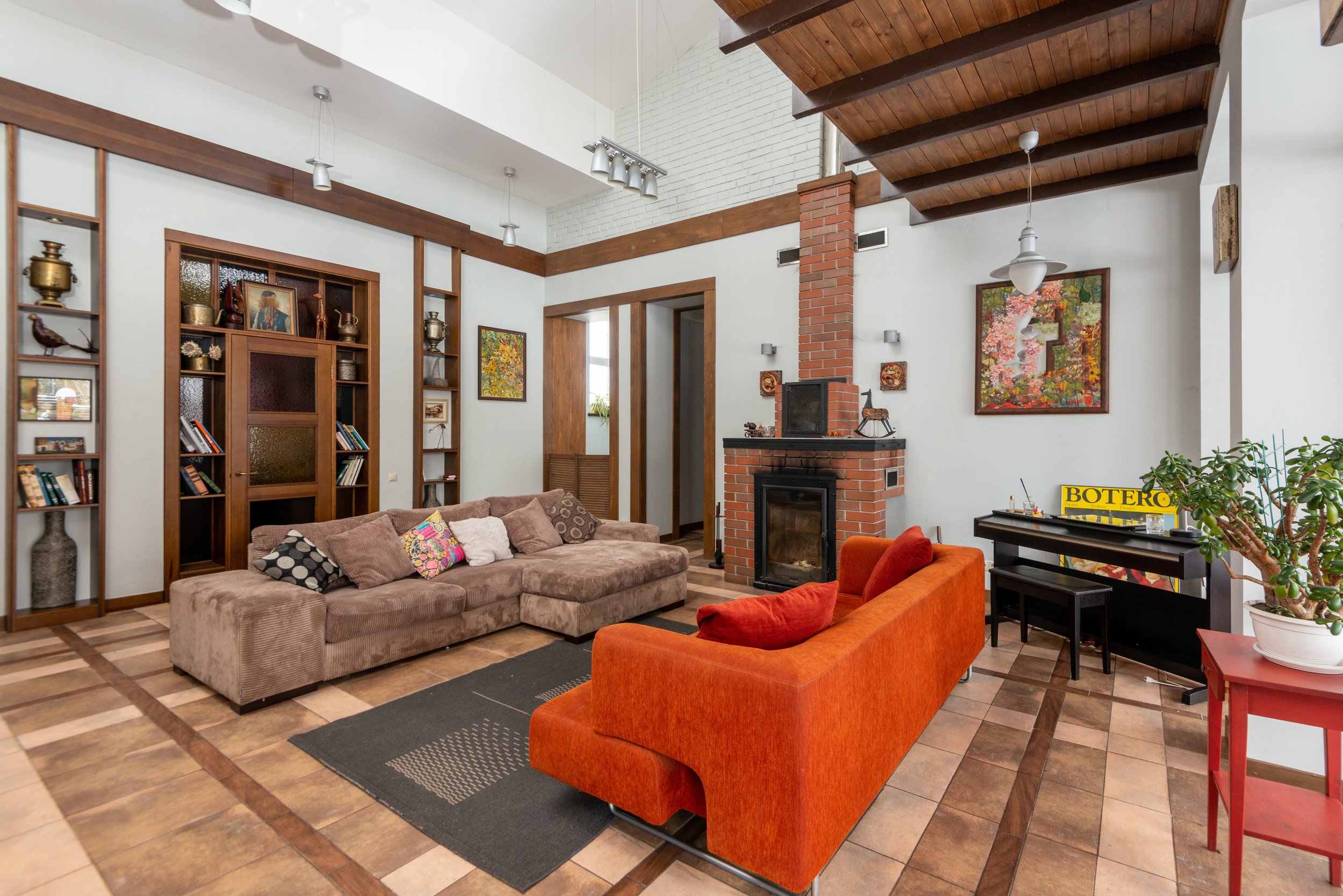4 Common Smells You Need To Know
What do you do when you start encountering weird smells in your kitchen? You would start by taking out the trash; after all, that's one of the most common sources. Maybe it has been a few days since you took it out last... But it keeps smelling. So then you start to look around and go section by section.
Is it coming from the refrigerator?
Did a potato roll to the back of a cabinet?
Did the beer you were experimenting with brewing go off?
No …it's coming from your oven. So what are you supposed to do? The first step is figuring out what sort of smell it is. Then you figure out whether it's something you can solve on your own or call in a professional of one stripe or another.
Common Smells To Come From Your Oven
- gas
- urine
- dead things
- smells like burning plastic
Why Does My Oven Smell Like Gas?
Before you start worrying, having your oven smell like gas when you first turn it on, provided it is a gas oven, is normal. So long as it goes away within the first few minutes, you're fine. This just means that the gas is igniting, and it's during that turning-on phase. If, however, the smell continues after 10 minutes or so or continues for the entire time the oven is on, it can mean that not all of the burners in the oven or igniting. If that's the case, then you'll need to get hold of a technician. This isn't something you can fix on your own. Trying to fix a gas oven solo is extraordinarily dangerous. The flammable gases that run through your oven can very easily asphyxiate you if you're not careful when dealing with them.
Why Does My Oven Smell Like Urine?
If your oven smells like urine, the most common reason is that you have rodents living near or inside your oven.
For this situation, we suggest calling an exterminator first to get rid of the rodents, then carefully go in and clean all of the inside of the oven. If you can, your next step is to carefully pull your oven away from the wall to see if you can't find where the rodents came in from and if they got inside the oven itself. Be careful with this step, as you don't want to damage your oven or leave a gas line open accidentally. Finally, we suggest calling in a technician if only for your peace of mind. You can tell them that you had rodents and want to ensure that none of the wires or components were chewed on and that the oven will still function as needed.
Why Does My Oven Smell Like Death?
Right off the back of the last one, if your oven smells like death, it is most probable but unfortunate that something died in your oven. The same steps still apply, except you really want to call a technician this time. The difference here is that your oven needs to be gone over to ensure that nothing is left inside of the oven. If something dies inside your oven, you have to worry about other creatures attempting to get inside your oven to devour them. Not only is this damaging your oven, but more importantly, if any of that catches on fire, it will be very dangerous for your food and health.
Why Does My Oven Smell Like Melted or Burning Plastic?
If your oven smells like melted plastic, you can have several different issues going on.
The easiest to fix is that there was some residue left over from the last time you cleaned your oven. With that, all you have to do is wait until your oven cools off and then go back in and wipe everything down with a damp rag.
A second possibility could be that you did melt plastic. Perhaps you left a bit of film on a freezer meal, or there was a piece of plastic residue that you missed when you cleaned again, perfectly normal and easy enough to fix.
The last case, however, is the one you hope, and we hope, is not the case. Sometimes if you're smelling burning plastic, it can be because of damage to electrical components or an electrical short. Milton cables and damaged cables smell terrible.
In the event that you do smell melting plastic, the first thing you should do is turn off the oven. From there, allow it to cool off, then carefully unplug it and assess the situation. For the first two, you can easily handle those. If you ruled them out, however,, you'll need to call a technician to assess the oven and determine if it is due to electrical components.
Hopefully, we have put many of your fears at ease. If you have found your oven smelling strangely and it's not something we addressed here, please reach out to us over on our Facebook page.
If you found your oven smelling strangely and it is for one of the reasons we listed where a technician is required, we would be more than happy to help. You can reach out to us via our contact page or by giving us a call ((214) 599-0055). If you choose to work with Appliance Rescue Service, know that our goal is to get your home running smoothly again. Will work with you to find a time and date that fits your schedule before sending out one of our experienced technicians to find and address the problem.









